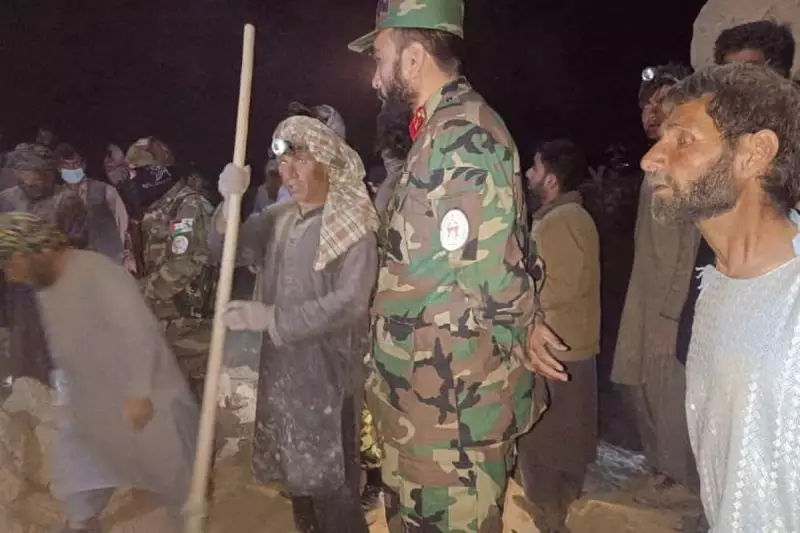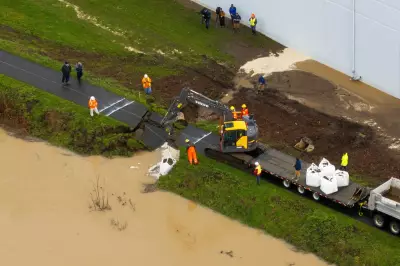
A powerful earthquake measuring 6.3 on the Richter scale has struck western Afghanistan, sending shockwaves through the vulnerable region and causing widespread destruction. The seismic event, which originated in the formidable Hindu Kush mountain range, has resulted in multiple fatalities and significant structural damage to local communities.
Regional Impact and Immediate Aftermath
The tremors were felt across substantial portions of western Afghanistan, with early reports indicating severe consequences for populated areas near the epicentre. Local authorities and emergency services have been mobilised to assess the full extent of the damage and coordinate rescue efforts in affected zones.
The timing of this disaster presents particular challenges for rescue operations, with remote mountainous terrain complicating access to some of the hardest-hit communities. The region's infrastructure, already strained by previous natural disasters and political instability, faces renewed pressure from this latest seismic event.
Historical Context of Seismic Activity
This earthquake continues the pattern of significant seismic activity that has long characterised the Hindu Kush region. Geological experts note that this mountainous area sits at the convergence of multiple tectonic plates, making it particularly prone to earthquakes of varying magnitudes.
"The Hindu Kush region has experienced numerous significant earthquakes throughout recorded history," explained one seismologist familiar with the area. "The complex geology of this collision zone between the Eurasian and Indian plates creates ongoing seismic hazards that periodically manifest in events like today's earthquake."
Emergency Response and International Attention
International aid organisations and neighbouring countries are monitoring the situation closely, with several already offering assistance to support local relief efforts. The earthquake's impact comes at a time when Afghanistan continues to face multiple humanitarian challenges, compounding the difficulties in responding effectively to natural disasters.
Medical facilities in the region are reportedly preparing for potential influxes of injured residents, while engineers are being dispatched to evaluate the structural integrity of buildings in affected areas. The full scale of the destruction may take several days to become clear as communication with remote communities is reestablished.
This developing story continues to unfold, with authorities expected to provide further updates on casualty figures and damage assessments as more information becomes available from the earthquake zone.





